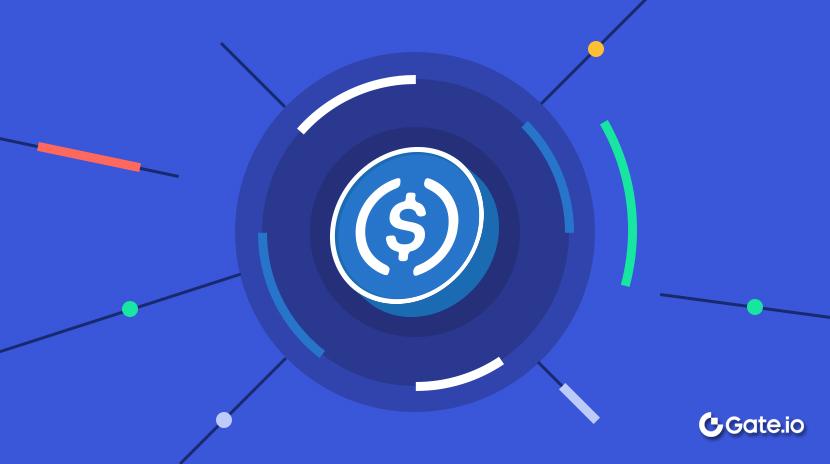Apa itu Hegic? Semua yang Perlu Anda Ketahui Tentang HEGIC
Minat yang meningkat dalam keuangan terdesentralisasi (DeFi) telah menyebabkan peningkatan jumlah platform perdagangan dengan opsi on-chain yang menghilangkan perantara dan meningkatkan aksesibilitas. Pasar opsi tradisional bergantung pada pertukaran terpusat, yang dapat memperkenalkan risiko kontrateror dan memerlukan kepercayaan pada pihak ketiga. Alternatif terdesentralisasi berupaya untuk menawarkan perdagangan otomatis tanpa izin dengan penetapan harga dan penyelesaian yang transparan pada jaringan blockchain. Protokol ini bervariasi dalam desain, mekanisme likuiditas, dan pengalaman pengguna, membentuk industri yang kompetitif. Hegic adalah salah satu platform yang menyediakan perdagangan opsi berbasis kontrak pintar, non-kustodial, yang memungkinkan pengguna untuk membeli dan menjual opsi langsung on-chain.
Apa itu Hegic (HEGIC)?
Hegic didirikan oleh pengembang DeFi yang menggunakan nama samaran Molly Wintermute, yang mulai aktif pada 28 Januari 2020, berbagi wawasan dan pembaruan tentang perdagangan derivatif terdesentralisasi. Platform ini resmi diluncurkan pada 23 April 2020, sebagai protokol perdagangan opsi peer-to-pool yang dirancang untuk menyederhanakan perdagangan opsi on-chain. Namun, segera setelah peluncuran, bug kritis dalam kontrak cerdas menyebabkan $48,000 dana pengguna terkunci secara permanen. Meskipun mengalami kemunduran, Molly Wintermute telah membangun komunitas yang kuat, dan dengan dukungan kontributor awal, kontrak cerdas baru diterapkan pada Mei 2020, sepenuhnya mengganti pengguna yang terkena dampak.
Pada Juni 2020, Hegic menjalani audit keamanan oleh PeckShield, meningkatkan keandalannya. Seiring dengan peningkatan aktivitas perdagangan, platform terus memperkenalkan fitur-fitur baru, dan pada akhir tahun, total nilai yang terkunci (TVL)-nya melampaui $80 juta, dengan volume perdagangan harian tertinggi sebesar $8,2 juta pada November 2020. Selama beberapa tahun berikutnya, Hegic memperluas penawarannya dan menyempurnakan infrastruktur kontrak pintar, melayani pedagang opsi secara konsisten sejak Februari 2020. Protokol ini telah memfasilitasi lebih dari $1,5 miliar dalam volume perdagangan opsi total dan mengeksekusi lebih dari 20.000 kontrak opsi.
Saat ini, Hegic beroperasi di Arbitrum, solusi penskalaan lapisan-2 untuk Ethereum, menawarkan pengalaman perdagangan yang lebih efisien dan hemat biaya. Meskipun kontrak pintar telah diaudit, tim menekankan bahwa tidak ada protokol yang benar-benar bebas risiko, mendorong pengguna untuk melakukan penelitian mereka sendiri. Hegic bertujuan untuk tetap menjadi pemain utama di pasar opsi terdesentralisasi, terus menarik para pedagang yang mencari alternatif untuk instrumen keuangan tradisional.
Bagaimana Cara Kerja Hegic? Protokol dan Perdagangan Opsi
Hegic beroperasi sebagai protokol perdagangan opsi terdesentralisasi yang menghilangkan kebutuhan akan pembuat pasar tradisional dengan memanfaatkan sistem kolam likuiditas otomatis. Tidak seperti bursa terpusat yang bergantung pada perantara, Hegic memungkinkan pengguna untuk terlibat dalam perdagangan opsi secara langsung melalui kontrak pintar, memastikan transparansi dan keamanan. Protokol ini berkisar pada dua peserta utama: Penulis, yang merupakan penyedia likuiditas, dan Pemegang, yang membeli kontrak lindung nilai. Penyedia likuiditas mendepositkan DAI ke dalam Kolam Likuiditas, mengunci dana mereka untuk jangka waktu tertentu sebagai imbalan writeDAI, token yang mewakili bagian mereka dari kolam. Kolam likuiditas bertindak sebagai pihak lawan untuk semua perdagangan opsi, membiayai kontrak lindung nilai tanpa bergantung pada entitas terpusat.
Kontrak lindung nilai di Hegic berfungsi sebagai Put Hedge Contracts, yang memungkinkan pemegang untuk menjual aset dengan harga strike yang telah ditentukan, atau Call Hedge Contracts, memberi mereka hak untuk membeli dengan harga tetap selama periode kontrak. Ketika pemegang menginisiasi kontrak lindung nilai, mereka menentukan parameter kunci seperti alamat Ethereum mereka, jumlah kontrak, harga aset, harga strike, durasi, tarif, dan timestamp akhir. Pemegang membayar premi, yang mewakili biaya mempertahankan posisi, dan biaya penyelesaian, yang mencakup biaya eksekusi. Likuiditas kemudian dikunci selama durasi kontrak. Jika, kapan saja selama periode ini, harga pasar berada di bawah harga strike untuk kontrak put (atau di atas untuk kontrak call), pemegang dapat melepaskan likuiditas dari kontrak lindung nilai dengan mengirimkan aset ke protokol dan menerima stablecoin yang setara dengan nilai pasar.

Sumber: whitepaper HEGIC
Jumlah total dana yang tersedia untuk memegang dan mengeksekusi kontrak lindung nilai disebut sebagai Ukuran Kolam, dan harga sepakat di mana pemegang dapat mengeksekusi kontrak menentukan Nilai Intrinsik dari opsi tersebut. Nilai Waktu berasal dari perbedaan antara premi yang dibayarkan untuk kontrak lindung nilai dan nilai intrinsiknya. Struktur ini memastikan bahwa penyedia likuiditas (penulis) mendapat manfaat dari premi yang dibayarkan oleh pemegang, sementara pemegang dapat melindungi posisi mereka atau berspekulasi pada harga aset tanpa risiko pihak lawan.
Selain memberikan manfaat kepada penyedia likuiditas, Hegic menggabungkan mekanisme insentif bagi pemegang token HEGIC. Sebagian biaya penyelesaian dialokasikan kepada pemegang token HEGIC, memberikan imbalan kepada mereka atas partisipasi mereka dalam ekosistem. Protokol beroperasi di Ethereum dan Arbitrum, menawarkan biaya lebih rendah dan efisiensi yang ditingkatkan dibandingkan dengan alternatif berbasis Ethereum murni.
Perdagangan Opsi
Hegic menyediakan beragam instrumen perdagangan opsi dan strategi terstruktur bagi para trader yang ingin melindungi risiko atau berspekulasi pada pergerakan harga aset. Instrumen-instrumen ini dikategorikan berdasarkan harapan pasar: opsi bullish untuk harga naik, opsi bearish untuk harga turun, opsi high-volatility untuk pasar yang tidak pasti, dan opsi low-volatility untuk kondisi yang stabil. Selain itu, Hegic mengintegrasikan strategi satu-klik, menyederhanakan perdagangan opsi kompleks dengan menggabungkan beberapa kontrak ke dalam satu perdagangan. Di bawah ini adalah daftar komprehensif dari apa yang ditawarkan Hegic:
Opsi Bullish (Untuk para pedagang yang mengharapkan kenaikan harga)

Sumber: hegic.co/app
- Opsi Beli – Memberikan hak untuk membeli ETH atau BTC dengan harga tetap selama periode tertentu.
- Strap (Strategi Klasik) - Strategi berbasis volatilitas yang terdiri dari dua opsi call dan satu opsi put dengan harga sepakat dan jatuh tempo yang sama. Menguntungkan jika harga naik secara signifikan dan masih menawarkan keuntungan yang wajar jika turun.
- Bull Call Spread (Strategi Klasik) – Alternatif dengan biaya lebih rendah daripada membeli opsi panggil tunggal. Melibatkan pembelian panggilan at-the-money (ATM) sambil menjual panggilan out-of-the-money (OTM) dengan harga mogok yang lebih tinggi.
- Penyebaran Bull Put (Strategi Inversi) – Sebuah strategi di mana seorang pedagang menjual put ATM dan membeli put OTM dengan harga sepakat yang lebih rendah. Ini menghasilkan keuntungan segera dan memberikan manfaat ketika harga naik atau tetap stabil.
Opsi Bearish (Untuk para trader yang mengharapkan penurunan harga)

Sumber: hegic.co/app
- Opsi Jual – Memberikan hak untuk menjual ETH atau BTC pada harga tetap selama periode tertentu.
- Strip (Strategi Klasik) – Sebuah strategi berbasis volatilitas yang mirip dengan Strap, tetapi lebih tertimbang pada penurunan harga, terdiri dari dua opsi put dan satu opsi call.
- Bear Put Spread (Strategi Klasik) - Melibatkan pembelian put ATM dan penjualan put OTM dengan harga sepakat yang lebih rendah, menjadikannya cara yang lebih hemat biaya untuk bertaruh pada penurunan harga.
- Bear Call Spread (Strategi Inversi) – Sebuah strategi yang menguntungkan ketika harga tetap stabil atau turun. Ini melibatkan penjualan panggilan ATM dan pembelian panggilan OTM dengan harga sepakat yang lebih tinggi.
Opsi Volatilitas Tinggi (Untuk para pedagang yang mengharapkan gejolak harga besar ke arah manapun)

Sumber: hegic.co/app
- Straddle – Kombinasi dari panggilan ATM dan menaruh ATM dengan harga mogok yang sama. Menguntungkan ketika harga aset bergerak signifikan ke arah mana pun.
- Strangle – Versi yang lebih murah dari Straddle, terdiri dari panggilan OTM dan menempatkan OTM dengan harga mogok yang berbeda. Ini mendapatkan keuntungan jika harga naik atau turun secara signifikan.
Opsi Volatilitas Rendah (Untuk para trader yang mengharapkan pergerakan harga minimal)

Sumber: hegic.co/app
- Strategi Kupu-Kupu Panjang (Strategi Inversi) - Mendapatkan profit jika harga aset tetap dekat dengan harga sepakat. Melibatkan penjualan panggilan ATM dan menarik panggilan ATM sambil membeli panggilan OTM dan membeli panggilan OTM.
- Long Condor (Strategi Inversi) - Keuntungan jika harga aset tetap berada dalam kisaran harga tertentu 10%, mengurangi risiko dibandingkan dengan Butterfly. Melibatkan penjualan panggilan dan penempatan OTM sementara membeli kontrak OTM yang lebih tinggi dan lebih rendah.
Strategi Satu Klik
- Strategi opsi yang telah terstruktur sebelumnya yang mengombinasikan beberapa kontrak.
- Tersedia untuk semua kondisi pasar: bullish, bearish, volatilitas tinggi, dan volatilitas rendah.
- Strategi klasik memerlukan latihan manual, sementara strategi inversi menyelesaikan secara otomatis pada saat jatuh tempo.
0DTE
Opsi 0DTE (nol hari hingga kedaluwarsa) Hegic menawarkan para pedagang cara terstruktur untuk terlibat dalam pergerakan pasar jangka pendek. Opsi-opsi ini, yang kedaluwarsanya pada hari yang sama dengan dibukanya, memungkinkan manajemen risiko yang tepat dan penempatan strategis tanpa paparan jangka panjang.
Dengan memanfaatkan platform terdesentralisasi Hegic, para trader dapat memanfaatkan fluktuasi harga yang cepat, dengan beberapa di antaranya secara historis mencapai pengembalian yang signifikan dalam satu sesi perdagangan. Kemampuan untuk masuk dan keluar posisi dengan cepat membuat opsi 0DTE menjadi alat berharga bagi para trader aktif yang mencari fleksibilitas di pasar yang volatile.
Selain perdagangan spekulatif, opsi 0DTE juga dapat berfungsi sebagai instrumen lindung nilai yang efektif, memungkinkan pengguna untuk memitigasi risiko dan mengoptimalkan strategi portofolio. Seperti halnya dengan instrumen perdagangan frekuensi tinggi lainnya, mengelola paparan dan memahami kondisi pasar tetap penting.
Bagi mereka yang tertarik untuk menjelajahi mekanisme dan potensi opsi 0DTE, Hegic menyediakan pengalaman perdagangan yang mulus dengan penetapan harga yang transparan dan pelaksanaan terdesentralisasi. Informasi lebih lanjut tersedia di sumber daya platform resmi.

Sumber: Sumber: hegic.co/app
Kasus Penggunaan HEGIC
Dengan memanfaatkan kontrak pintar, Hegic menyediakan solusi transparan dan otomatis untuk mengelola volatilitas crypto dengan risiko dan reward yang telah ditetapkan sebelumnya. Berikut adalah tiga kasus penggunaan utama untuk Hegic:
- Lindung Nilai Terhadap Volatilitas Pasar: Pedagang dan investor dapat menggunakan opsi jual untuk melindungi kepemilikan mereka dari penurunan harga. Misalnya, pemegang ETH yang khawatir tentang kemungkinan penurunan dapat membeli opsi jual untuk mengunci harga jual minimum. Jika ETH turun, pedagang menggunakan opsi tersebut, menjual pada harga patokan daripada harga pasar yang lebih rendah, mengurangi kerugian.
- Berspekulasi Tentang Pergerakan Harga: Hegic memungkinkan para pedagang untuk memperoleh keuntungan dari kenaikan atau penurunan harga yang diantisipasi tanpa secara langsung membeli atau menjual aset yang mendasarinya. Opsi beli memungkinkan para pedagang untuk mendapatkan paparan terhadap lonjakan harga, sementara opsi jual menguntungkan dari penurunan harga. Karena kerugian dibatasi pada premi yang dibayarkan, opsi menawarkan cara berspekulasi yang dikelola risikonya.
- Menghasilkan Pendapatan Pasif sebagai Penyedia Likuiditas: Pengguna dapat bertindak sebagai Penulis dengan menyediakan likuiditas ke Kolam Likuiditas Hegic, menghasilkan premi dari pembeli opsi. Karena penyedia likuiditas mengambil sisi perdagangan yang berlawanan, mereka mendapatkan keuntungan ketika opsi kedaluwarsa tidak bernilai. Selain itu, penyelesaian otomatis dan distribusi biaya Hegic memastikan mekanisme pendapatan yang lancar dan tanpa harus terlibat.
Fitur Utama Hegic
Stake & Cover Pool (S&C)
Stake & Cover Pool (S&C) Hegic adalah mekanisme likuiditas canggih yang diperkenalkan setelah upgrade protokol Hegic Herge pada Oktober 2022. Berbeda dengan model tradisional yang memisahkan penyedia likuiditas dan pemegang saham, S&C menggabungkan peran-peran ini menjadi satu pool likuiditas tunggal, memastikan pemanfaatan modal yang efisien. Peserta memasang token HEGIC sebagai agunan untuk menjual opsi dan strategi. Sebagai imbalannya, mereka menerima bagian dari premi bersih dari perdagangan opsi.
Distribusi keuntungan dan kerugian (P&L) dalam kolam S&C dilakukan selama Epoch tetap, masing-masing berlangsung selama 45 hari. Jika sebuah Epoch berakhir dengan P&L positif, premi yang diperoleh didistribusikan kepada pemegang saham dalam USDC.e. Jika sebuah Epoch menghasilkan kerugian bersih, sejumlah proporsional token HEGIC dikonversi menjadi USDC.e untuk menutupi defisit tersebut. Tingkat konversi HEGIC/USDC.e ditentukan lima hari sebelum setiap Epoch baru untuk memastikan transparansi. Pemegang saham dapat memantau P&L secara real-time dan menarik token mereka pada akhir sebuah Epoch.
Hegic menerapkan langkah-langkah manajemen risiko untuk mencegah paparan berlebihan. Ini termasuk batasan pada opsi bullish/bearish dan volatilitas tinggi rendah yang tersedia, memastikan portofolio seimbang. Selain itu, Dana Pengembangan Hegic (HDF) turun tangan untuk menyerap token HEGIC berlebih dari Epoch negatif, mencegah fluktuasi harga pasar yang tajam. Struktur ini memungkinkan pemegang HEGIC untuk mendapatkan keuntungan tinggi sambil menjaga kesehatan keuangan protokol.
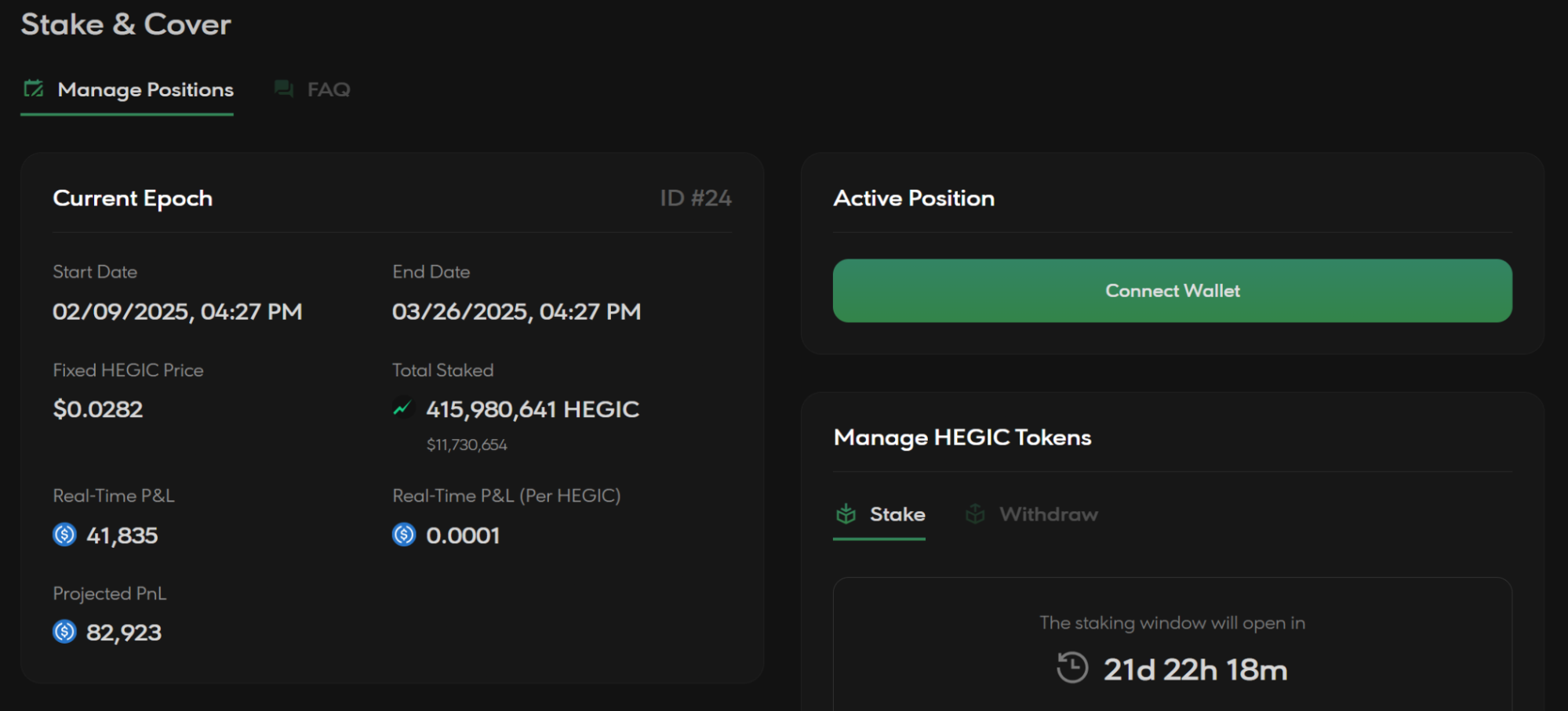
Sumber: hegic.co/app
PANAS & HDF
Kekayaan Operasional Hegic (HOT) memainkan peran penting dalam memberikan jaminan untuk opsi aktif, mengumpulkan premi dari para pedagang, dan menangani penyelesaian bulanan dalam opsi in-the-money (ITM). Ini memastikan berfungsinya lancar protokol, berperan sebagai sumber likuiditas utama untuk perdagangan aktif. Likuiditas awal disediakan oleh Dana Pengembangan Hegic (HDF), yang bertanggung jawab untuk menguji dan menstabilkan versi protokol baru sebelum membukanya ke pasar yang lebih luas.
Setiap bulan, HOT mendistribusikan laba bersihnya ke Stake & Cover Pool, memastikan bahwa peserta mendapatkan manfaat dari pendapatan protokol. Jika suatu Epoch mengalami kerugian, HDF ikut campur dengan membeli token HEGIC berlebih dengan harga yang telah ditetapkan sebelumnya, mencegah tekanan turun pada harga pasar. Jumlah opsi yang dapat dijual per Epoch bergantung pada faktor-faktor seperti cadangan modal HDF, harga HEGIC per Epoch, dan total token HEGIC yang dipertaruhkan. Kontrol likuiditas terstruktur ini memastikan bahwa Hegic beroperasi secara efisien, bahkan dalam kondisi pasar yang tidak stabil.
Program Referensi
Program Referral Hegic, yang dimulai oleh Dana Pengembangan Hegic, bertujuan untuk menarik pengguna baru sambil memberi imbalan kepada peserta yang sudah ada atas kontribusi mereka terhadap pertumbuhan protokol. Program ini beroperasi melalui tautan referral, yang melacak pengguna baru (referral) yang mengikuti tautan dan melakukan perdagangan dalam tujuh hari. Begitu referral melakukan pembelian yang memenuhi syarat, pemberi referral akan mendapatkan 2,5% dari premi yang dibayarkan oleh referral.
Semua imbalan dikumpulkan secara real time dan didistribusikan setiap 30 hari dalam ARB (token Arbitrum), dengan nilai tukar yang bersumber dari Coingecko. Namun, semua pembelian harus dilakukan menggunakan browser yang sama di mana tautan referral diklik, memastikan pelacakan yang benar. Dana Pengembangan Hegic berhak untuk memodifikasi syarat referral, tetapi pengguna akan selalu menerima pemberitahuan sebelum perubahan berlaku.

Sumber: hegic.co/app
Kolam Likuiditas
Kolam Likuiditas Hegic memungkinkan pengguna untuk mendepositkan DAI, USDC, USDT, atau stablecoin lainnya, yang kemudian dikonversi menjadi token writeASSET (seperti writeDAI). Token-token ini mewakili bagian penyedia dari kolam likuiditas Hegic dan digunakan untuk mengagunkan kontrak lindung nilai. Penyedia likuiditas (LP) mendapatkan premi penulisan dari pembeli opsi, menghasilkan pendapatan pasif yang stabil.
Premi hanya didistribusikan kepada LP aktif pada saat aktivasi kontrak baru. Selain itu, kolam Hegic memanfaatkan CHAI, sebuah token ERC-20 yang menghasilkan bunga secara otomatis pada DAI, memastikan pendapatan pasif tambahan bagi penyedia likuiditas. Mekanisme pendapatan ganda ini meningkatkan potensi pendapatan penyedia likuiditas Hegic.
Namun, penting untuk dicatat bahwa pengembalian dari menulis kontrak lindung nilai bergantung pada volatilitas pasar. Berbeda dengan protokol peminjaman on-chain tradisional dengan hasil tetap, pengembalian dari menulis opsi dapat fluktuatif, dengan potensi keuntungan dan risiko yang lebih tinggi. Model kolam likuiditas Hegic menyeimbangkan risiko ini dengan memungkinkan pendapatan otomatis melalui alokasi likuiditas dan perdagangan opsi yang dikendalikan risikonya.
Apa itu Koin HEGIC?
HEGIC adalah token asli Hegic, digunakan untuk staking, tata kelola, dan penyediaan likuiditas. Pasokan maksimumnya terbatas pada 3,01 miliar unit, di mana 703,72 juta sudah beredar (Maret 2025).
HEGIC adalah token ERC-20 yang memainkan peran sentral dalam protokol Hegic, berfungsi dalam staking, penyediaan likuiditas, tata kelola, dan distribusi biaya. Ini adalah tulang punggung dari Stake & Cover (S&C) pools, di mana pengguna memasang token HEGIC untuk mengagunkan opsi, mendapatkan premi, dan berpartisipasi dalam distribusi keuntungan dan kerugian bersih (P&L). Setiap Epoch (siklus 45 hari) berakhir dalam keuntungan atau kerugian, menentukan tingkat pengembalian tahunan (APR) untuk para pemegang saham. Karena P&L diselesaikan dalam USDC, nilai HEGIC dapat dianalisis berdasarkan kinerja APR historis, memungkinkan investor untuk memperkirakan pendapatan masa depan.
Dana Pengembangan Hegic (HDF) membantu mengatur likuiditas HEGIC dengan membeli token berlebih selama Epoch negatif untuk menstabilkan harga pasar. Berbeda dengan banyak token tata kelola DeFi, pemegang HEGIC secara langsung mengakses pendapatan protokol melalui staking, membuat penilaian harga terikat pada pertumbuhan fundamental. Opsi yang diperdagangkan lebih banyak, adopsi pengguna yang meningkat, dan ekspansi protokol secara langsung memengaruhi harga HEGIC dan imbalan staking. Saat pasar menentukan rasio risiko/imbalan yang diinginkan, penilaian HEGIC dipengaruhi oleh multiple pendapatan (rasio P/E)-nya, mirip dengan aset keuangan tradisional.
HEGIC juga menawarkan manfaat utilitas. Pemegang menerima tarif kontrak lindung nilai diskon, asalkan saldo HEGIC mereka sebanding atau melebihi harga patokan kontrak. Penulis mendapatkan manfaat dari pembukaan likuiditas prioritas, memungkinkan mereka menarik dana secara instan ketika likuiditas kolam tidak mencukupi. Selain itu, HEGIC berfungsi dalam tata kelola, memungkinkan pemegang untuk memberikan suara pada tarif kontrak, biaya, dukungan aset, dan peningkatan protokol melalui Proposal Peningkatan Hegic (HIPs). Dengan pasokan tetap sebanyak 3 miliar token, di mana dua pertiganya dibakar pada tahun 2022, HEGIC tetap penting untuk keberlanjutan jangka panjang dan pertumbuhan Hegic.
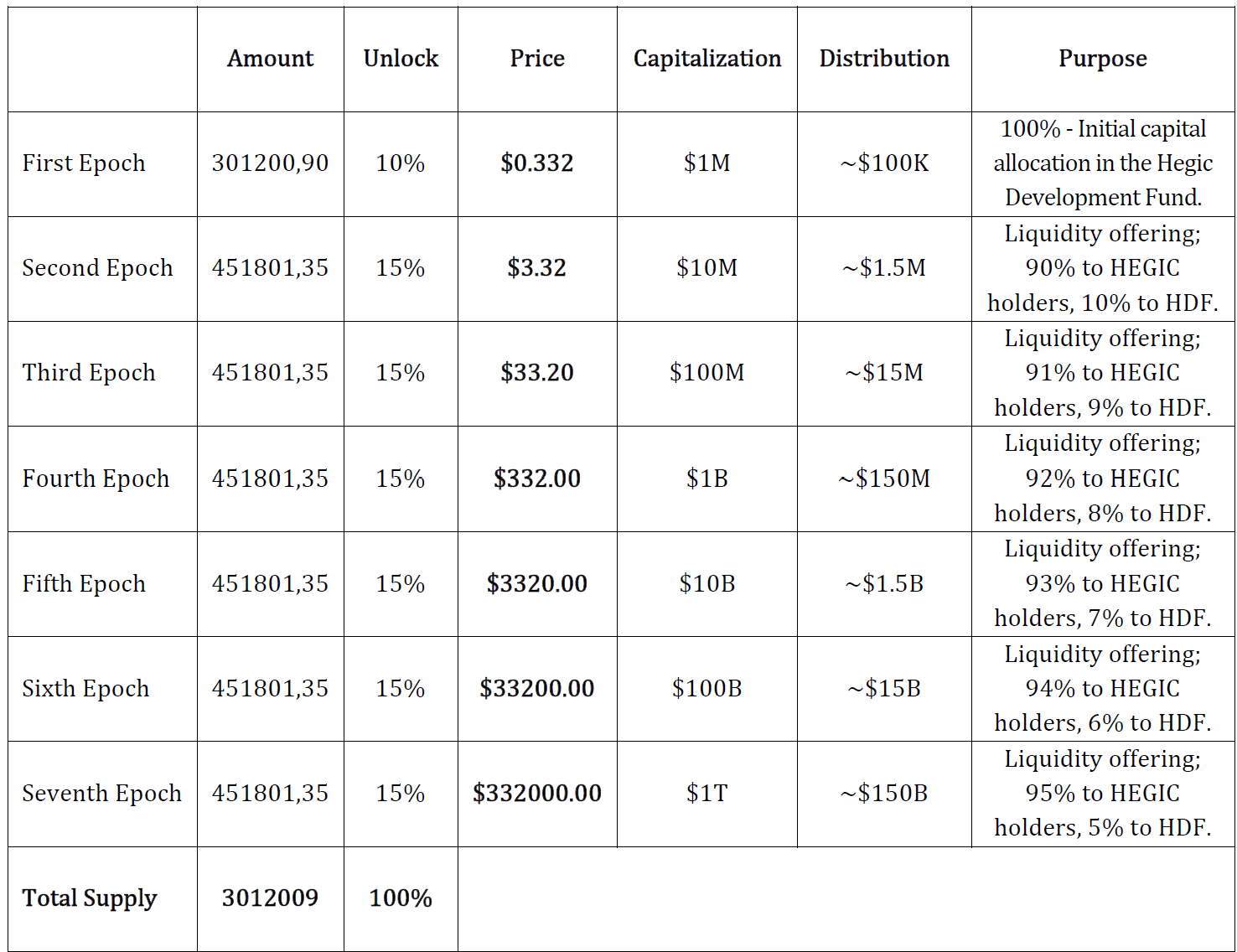
Sumber: whitepaper HEGIC
Apakah HEGIC merupakan Investasi yang Baik?
HEGIC memiliki proposisi nilai yang kuat karena secara langsung menghubungkan kepemilikan token dengan pendapatan protokol, memungkinkan staker untuk mendapatkan premi dari perdagangan opsi dan berpartisipasi dalam pembagian keuntungan. Hal ini membuatnya lebih didorong secara fundamental daripada banyak token DeFi spekulatif. Namun, profitabilitasnya bergantung pada volume perdagangan dan kondisi pasar—jika permintaan perdagangan opsi menurun atau lebih banyak opsi kedaluwarsa in-the-money, staker HEGIC bisa menghadapi kerugian. Selain itu, risiko likuiditas dan dampak Epok negatif pada harga token dapat memengaruhi keberlanjutan jangka panjang dan kepercayaan investor.
Bagaimana Memiliki HEGIC?
Untuk memiliki HEGIC, Anda dapat menggunakan layanan bursa kripto terpusat. Mulailah dengan membuat akun Gate.com, dan memverifikasinya dan mendanainya. Kemudian Anda siap untuk melalui langkah-langkah untuk membeli HEGIC.
Berita tentang HEGIC
Sebagaimana diumumkan pada 14 Februari 2025, di akun resmi X, Hegic telah menambahkan $100,000 dalam likuiditas ke Sharwa LPs, memungkinkan para trader untuk membeli opsi dengan margin portofolio. Pembaruan ini meningkatkan efisiensi modal, membawa manfaat margin mirip CEX ke DeFi sambil mempertahankan desentralisasi dan keamanan. Dengan Opsi Hegic dan Akun Margin Sharwa, para trader mendapatkan akses ke opsi gaya Amerika dengan likuiditas yang dalam dan pembayaran yang terjamin, semuanya sambil menghindari risiko likuidasi. Posisi yang di-hedge dengan benar tetap terlindungi, membuat perdagangan opsi terdesentralisasi lebih efisien dan dapat diakses daripada sebelumnya.
Ambil Tindakan pada HEGIC
PeriksaHarga HEGIC hari ini, dan mulai berdagang pasangan mata uang favorit Anda.
Artikel Terkait
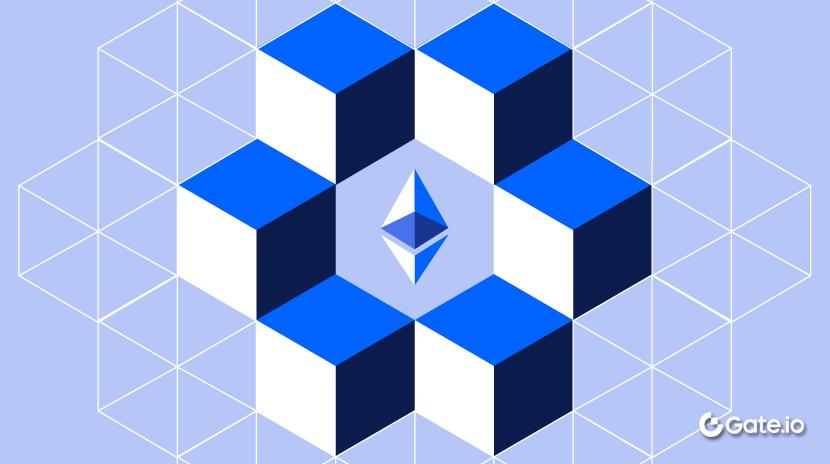
Bagaimana Mempertaruhkan ETH?
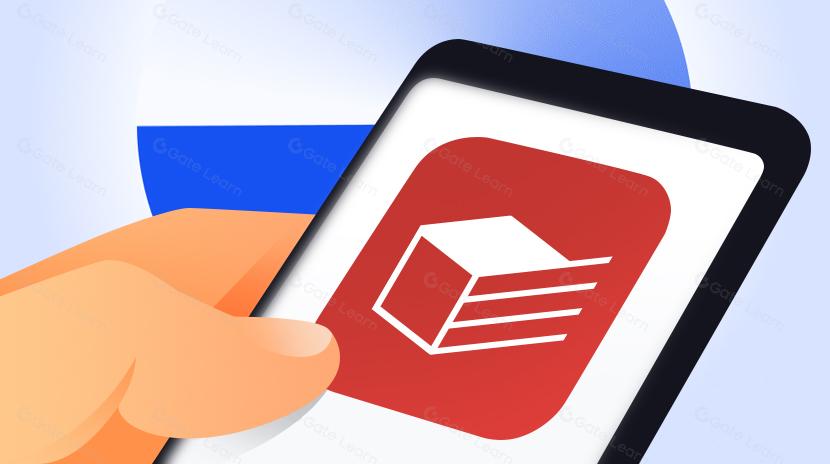
Apa itu Tronscan dan Bagaimana Anda Dapat Menggunakannya pada Tahun 2025?
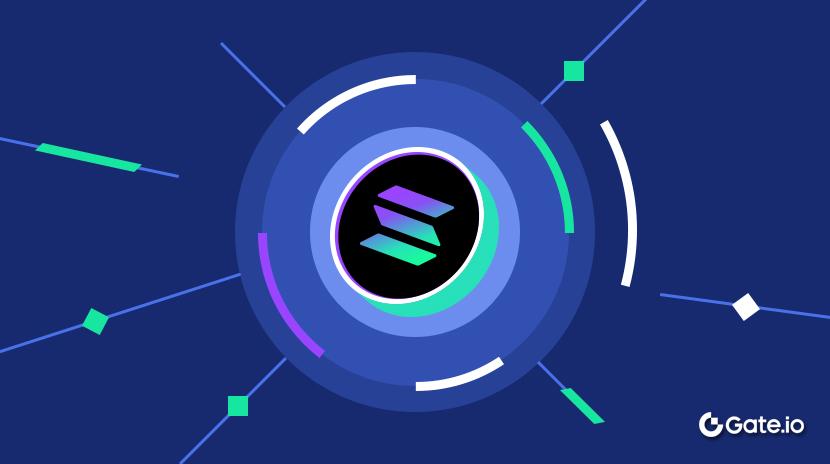
Apa itu Solana?
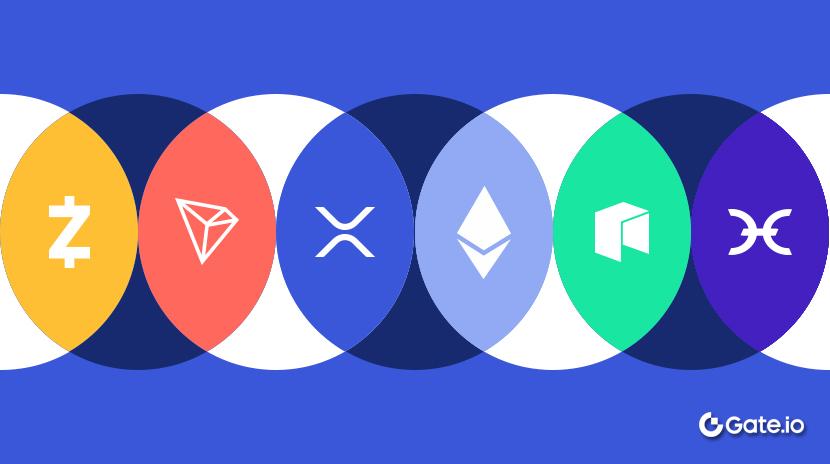
Apa itu Altcoin?
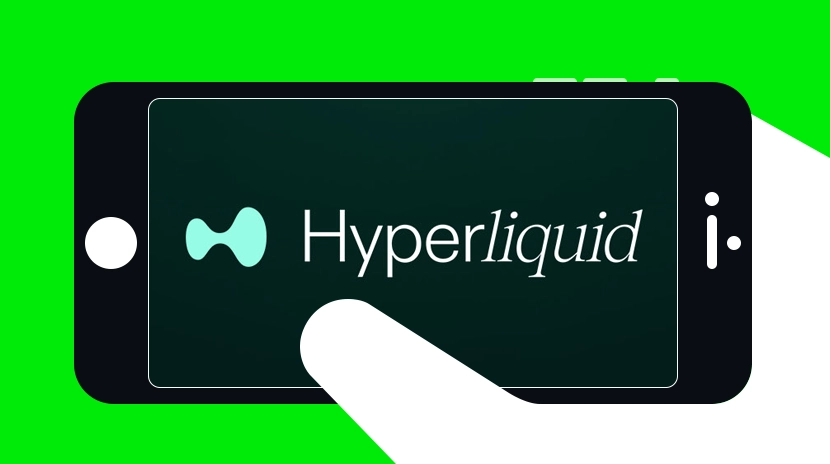
Apa itu Hyperliquid (HYPE)?
